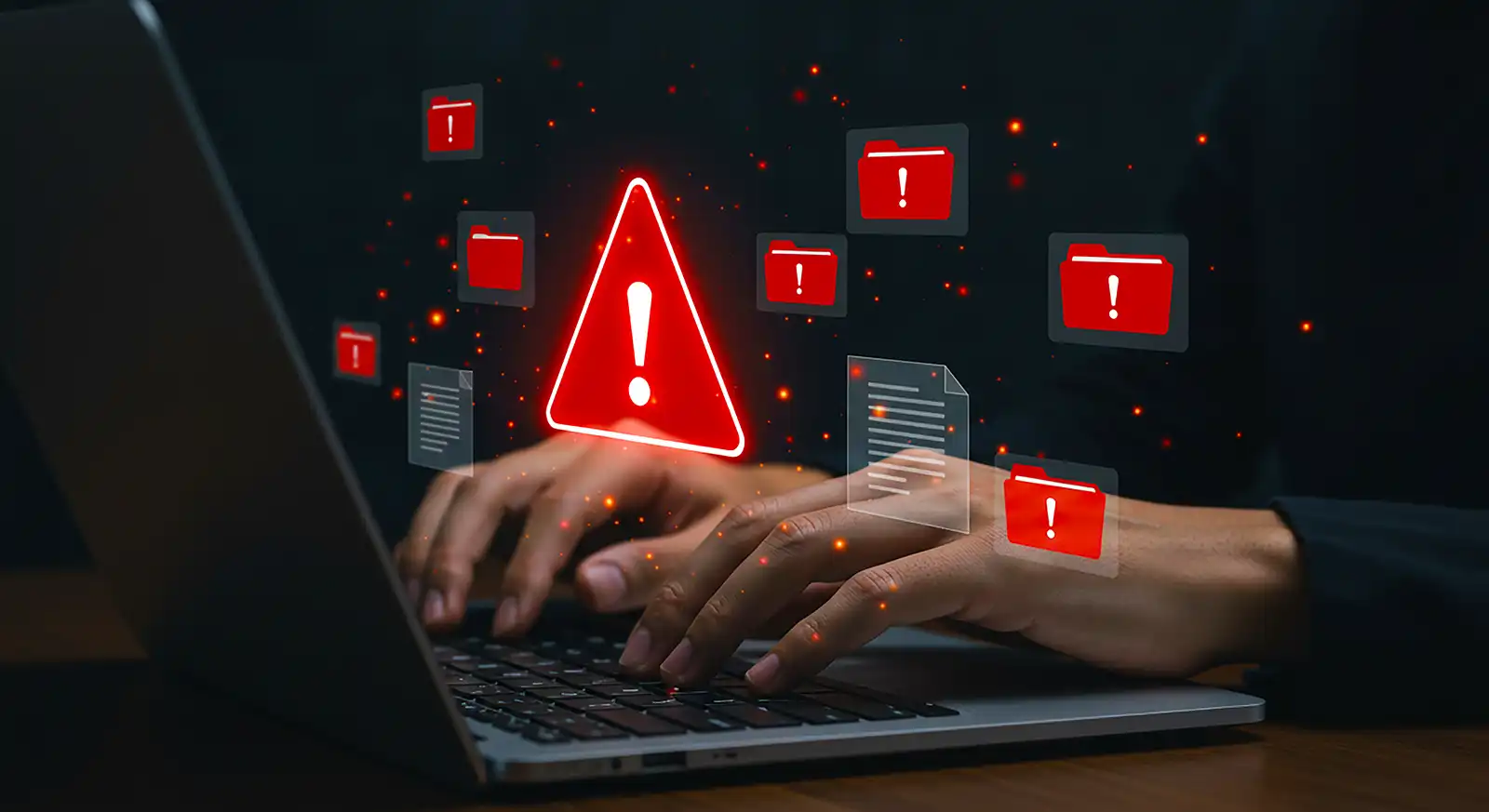Introduction
Extended Detection and Response (XDR) platforms offer unified visibility across endpoints, networks, and cloud workloads. However, many organizations lack the internal expertise to effectively configure, tune, and manage XDR tools. That’s where Managed Detection and Response (MDR) services step in—providing 24/7 monitoring, proactive threat hunting, and expert-led incident response.
This article explores how combining XDR with MDR creates a powerful, integrated cybersecurity solution that accelerates detection and containment while minimizing risk.
The XDR Advantage: Unified Visibility and Automation
XDR provides a centralized security foundation by collecting and correlating telemetry across your digital environment. Key capabilities include:
- Unified Telemetry: Aggregates data from EDR, NDR, SIEM, and cloud services to create a single-pane-of-glass view.
- Cross-Domain Correlation: Identifies threats by connecting anomalies in user behavior, endpoint activity, and network traffic.
- Automation Playbooks: Enables rapid response through prebuilt workflows for alert triage, enrichment, and containment.
Why MDR Is Essential for Operationalizing XDR
While XDR delivers the technology, MDR provides the hands-on expertise needed to maximize its effectiveness:
- Expertise on Demand: Gain access to cybersecurity analysts, threat hunters, and forensic specialists without hiring in-house.
- Rapid Incident Response: SLAs ensure that threats are investigated and contained quickly—often in under 30 minutes.
- Continuous Rule Tuning: Detection rules are regularly refined to reduce false positives and improve coverage.
XDR + MDR Workflow: How It Works
When XDR and MDR are integrated, they form a seamless detection and response pipeline:
- Data Collection & Normalization
XDR gathers telemetry across the IT ecosystem, while MDR ingests and prepares this data for analysis.
- Threat Hunting & Detection
MDR teams use techniques aligned with the MITRE ATT&CK framework to uncover hidden and advanced threats.
- Alert Triage & Enrichment
Automation enriches alerts with contextual data and threat intelligence; analysts validate high-severity incidents.
- Automated & Analyst-Led Containment
Playbooks execute tasks such as isolating compromised devices or resetting credentials, while MDR experts manage complex response efforts.
- Post-Incident Analysis
Comprehensive reports summarize root cause, impact, and remediation. Lessons learned are fed back into the XDR engine for future protection.
Key Benefits of Combining XDR with MDR
- Faster Time to Detect (TTD): MDR ensures quick detection and action through continuous monitoring.
- Reduced False Positives: Human verification refines automated alerts for better accuracy.
- Cost-Efficient Expertise: Avoids the need to build and staff a full security operations center (SOC).1
- Ongoing Optimization: MDR teams continuously enhance XDR performance using real-world incident data.
Conclusion
XDR provides the framework, but MDR delivers the expertise and action. Together, they create a scalable and proactive defense mechanism that reduces dwell time, strengthens incident response, and ensures a resilient cybersecurity posture.
If you’re investing in XDR, consider partnering with a trusted MDR provider to unlock its full potential and secure your organization against evolving cyber threats.




